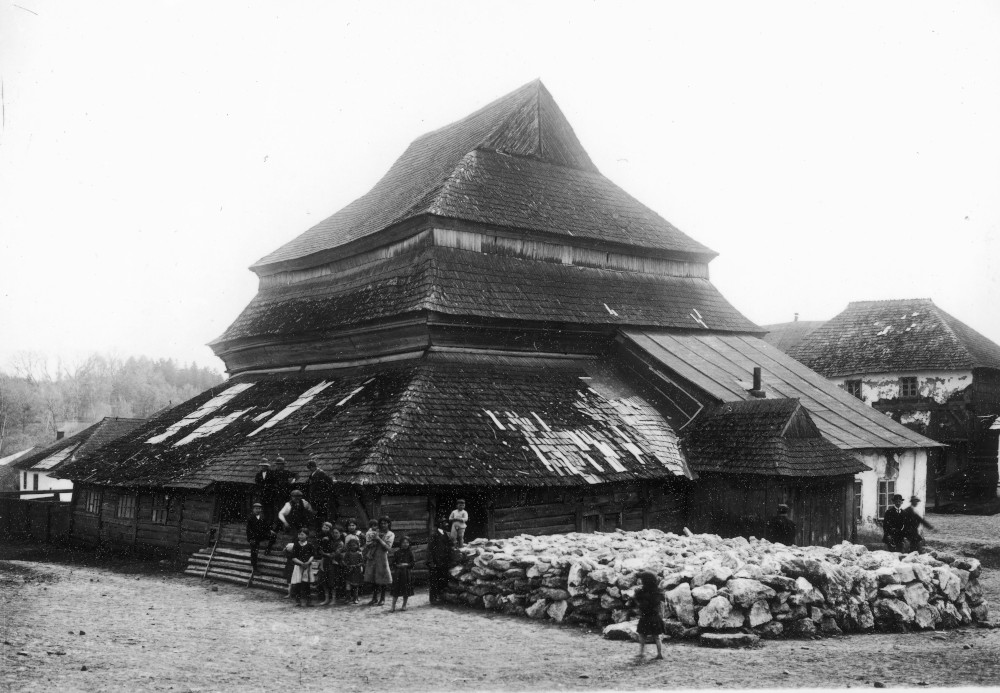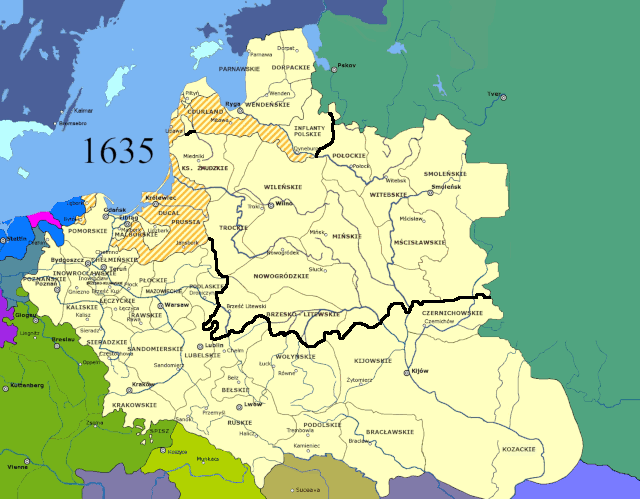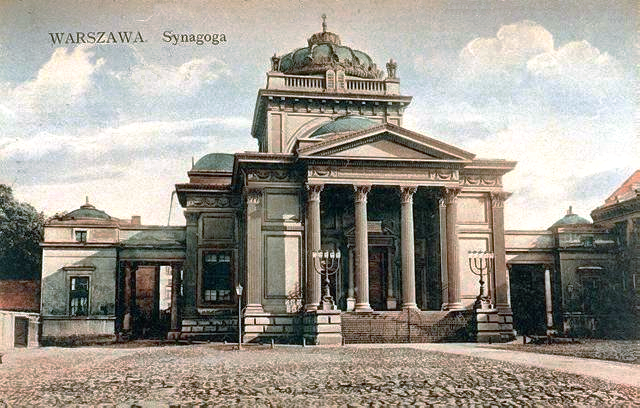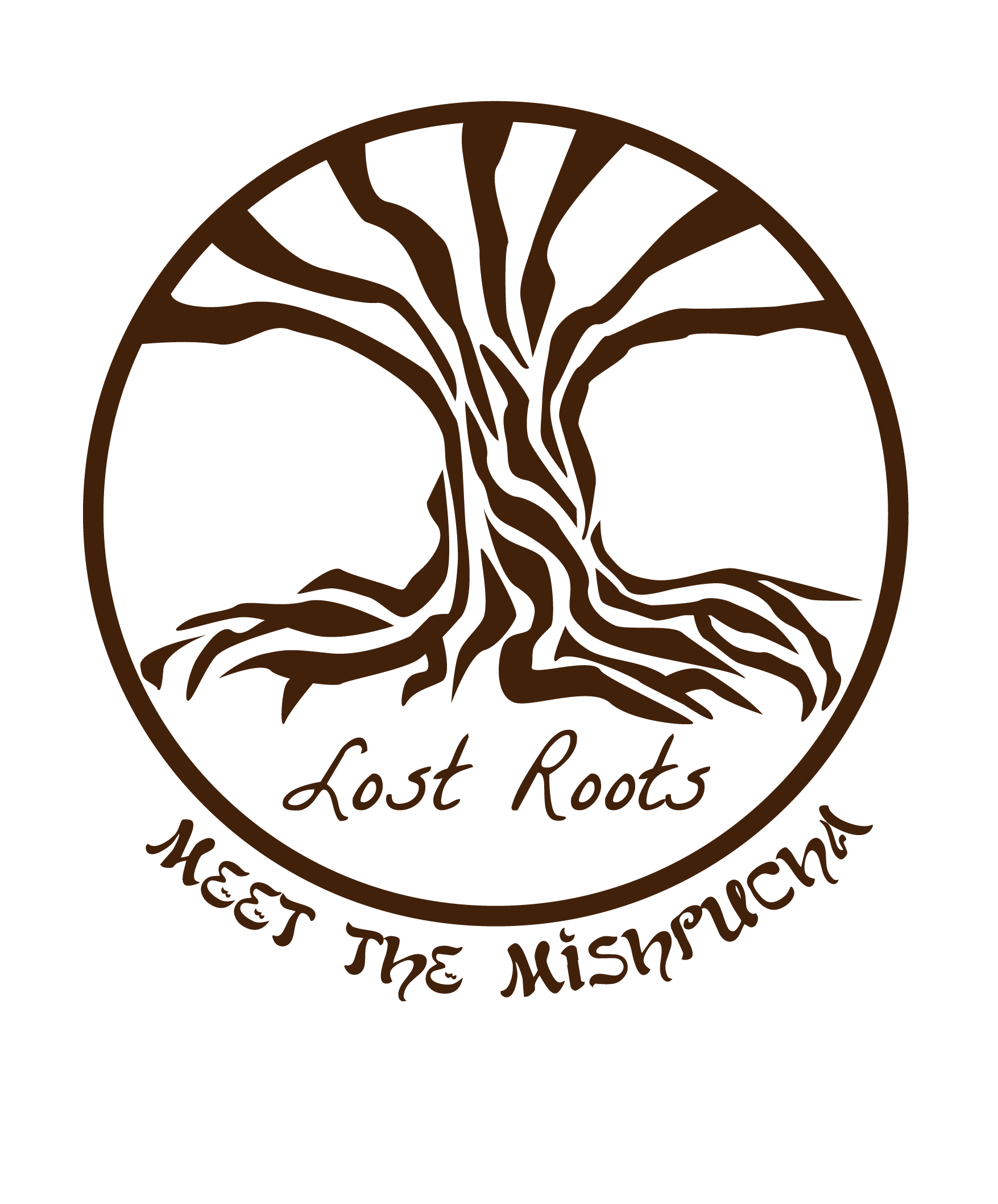Researching Jewish Families in Poland
With over 1000 years of Jewish history, perhaps no country name is more synonymous with Eastern European Jewish history than Poland. By the interwar period, more than 3 million Jews lived in Poland, comprising nearly 10% of the country’s population. Despite the presence of antisemitism, Polish Jewish communities lived and thrived there for centuries.
Between the late 18th and early 20th century, Poland was split between Austria, Russia, and Germany. Each of these three empires had its own social structure, history, policies, and regulations. Because of this history, Jewish genealogy in Poland is highly dependent on geography. More than perhaps any other country, tracing your Jewish ancestors here depends entirely on which part of the country your ancestors lived in.
Brief History of Jewish Poland

Jews have lived in Poland for hundreds of years. Unlike many other kingdoms in the Middle Ages, the kings of Poland were tolerant and welcomed Jews to their realms. Under medieval rulers such as Boleslaw III, Casimir I, and Wladyslaw I Herman, Jews fleeing Crusades, pogroms, and expulsions in Western Europe were given official government protection in Poland.
The borders of Poland changed many times, and the kingdom was combined with Lithuania under a personal union in 1529. During the seventeenth and eighteenth centuries, the Polish-Lithuanian Commonwealth was one of the largest, most powerful countries in Europe. Due to the policy of religious tolerance, Jews were able to settle into new areas, and existing Jewish communities across a wide area were granted Jews protection and privileges.

In 1772, Prussia, Russia, and Austria waged a successful war against Poland-Lithuania; the victorious powers divided lands of the Polish-Lithuanian Commonwealth among themselves. In 1793, Prussia and Russia took much more territory, while in the third, final partition of Poland (1795), Poland and Lithuania ceased to exist as independent political entities. In 1815, following the Napoleonic Wars, some of the Prussian and Austrian lands were granted to Russia as a protectorate.
The Partitions of Poland proved to be one of the most significant events not only of Continental geopolitics but of Jewish history as well. The series of events distributed what had previously been a single cohesive community into three vastly divergent societies. Each of the three nations that came to acquire Polish territory took its own approach to the status of newly acquired Jews living within its borders. Jewish communities faced different conditions and developed along entirely different lines in each.
Poland was again reconstituted as an independent nation in the aftermath of World War 1. Invaded by Nazi Germany and the Soviet Union during World War 2, it was the scene of some of the worst atrocities of the Holocaust. The vast majority of Polish Jews who had not able to flee were killed by the Nazis.
In the Postwar era, Poland fell under the Soviet sphere of influence. After the fall of Communism in 1989, a very small Jewish community has reestablished itself; recent estimates for the number of Jews in Poland vary from approximately 4500 to as many as 100,000. According to the 2021 Polish census, 17,156 Polish citizens indicated that they were of at least partial Jewish ancestry.
Austrian Poland (Galicia)
The southern portion of pre-partition Poland, Galicia was annexed by Austria in 1772. While a sizable Jewish community had already lived in various parts of the Austrian Empire, the incorporation of Polish territory vastly expanded the size of Austrian Jewry. Many important genealogy resources exist for the region, including vital records, population surveys, business directories, and more. For more in-depth information, read my page on researching Jewish genealogy in Galicia.
Russian Poland

During the partitions of the Polish-Lithuanian Commonwealth, the country's eastern regions were taken by Russia. Unlike the portions of Poland which came under Russian domination after 1815, this area was immediately annexed into the Russian Empire and became known as the Russian Pale of Settlement. Today, the region is largely part of Lithuania, Belarus, and Ukraine.
Congress Poland
The central portion of pre-partition Poland, this region was annexed by Austria and Prussia in the 1790s. However, following the Napoleonic Wars, the area was given to Russia as a protectorate. Known as Congress Poland (after the Congress of Vienna), Russian Poland was home to a large Jewish community. Genealogy records here are generally detailed, in good condition, and perhaps the most complete in all three Polish partitions. Documents of genealogical value for Jewish communities in Congress Poland include vital records, census-like surveys, population registers, Jewish community records, business directories, and much more. To learn more, read my page about tracing Jewish families in Congress Poland.
Prussian Poland (Posen and West Prussia)
The western part of Poland before the late 18th century, the Prussian partition encompassed the city of Posen (now Poznan) and vicinity. Although a historically large Jewish community had lived here for centuries, many Jews migrated to other regions of Germany in the late 19th and early 20th century. Consequently, its genealogical resources are perhaps less familiar than those of Galicia and Congress Poland. Notable resources of interest include vital records, surname adoption lists, police records, and more. If your family came from this region, read my page about researching Jewish families from Prussian Poland.
Summing Up – How to Research Jewish Families from Poland
Because Poland was politically divided and placed under the control of three distinct countries, both the types of material and research techniques used to discover information depend on which part of Poland your family came from. Thus, the first critical task is to identify your family’s pre-emigration town. Immigration, citizenship, wartime draft, and other records may help with this.
Once you have identified your family’s area of origin, please see my pages on researching Jewish families in Galicia, Prussian Poland, and Congress Poland.
